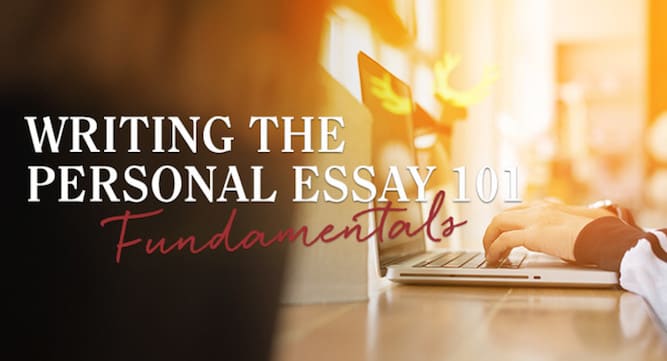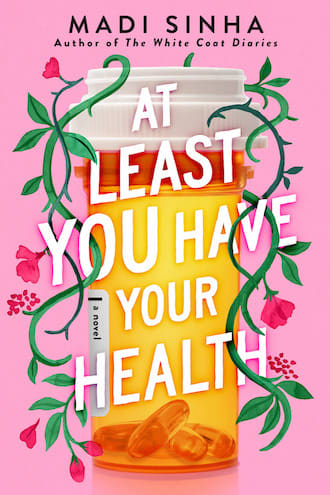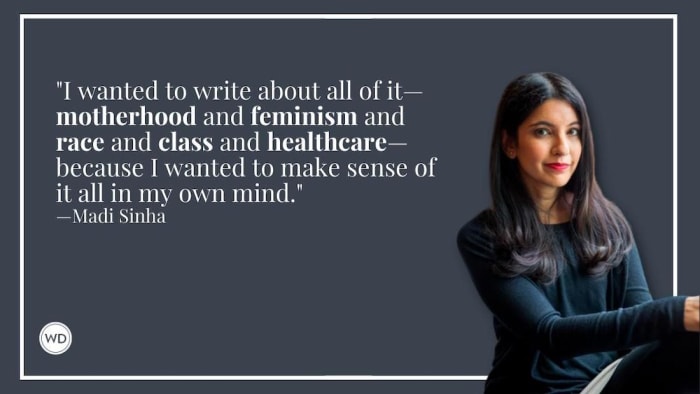Madi Sinha: On Life Inspiring Fiction
Madi Sinha is a physician and the author of The White Coat Diaries. She lives in New Jersey with her family. You can find her at madisinha.com or on Twitter and Instagram.
In this post, Madi discusses how working through a pandemic as a medical professional inspired her new novel, At Least You Have Your Health, what she learned along the way, and more!
Name: Madi Sinha
Literary agent: Jessica Watterson
Book title: At Least You Have Your Health
Publisher: Berkley
Release date: April 5, 2022
Genre/category: General fiction/Women’s fiction
Previous titles: The White Coat Diaries
Elevator pitch for the book: A gynecologist takes a job with a chic wellness company, making house calls for its clientele of wealthy women. As she’s drawn into their world of privilege, she finds herself grappling with her own ambition while racing to uncover the truth behind a deadly secret.
IndieBound | Bookshop | Amazon
[WD uses affiliate links.]
What prompted you to write this book?
The pandemic. I wrote this book in 2020, and it was my way of processing everything that was happening in my life and in the world at large. As a doctor, there was of course the challenge of being in the medical field during the worst global health crisis in a century. As a parent, I also lived with the daily stress of having two young children—one of whom was in kindergarten—at home doing virtual school while also worrying if I would bring the virus home to them.
At the same time, Me Too and Black Lives Matter were sharpening our collective discourse on issues of gender and race. I’d understood, in my bones, what being a model minority was about because it was my lived reality as an Indian American, but I’d never heard the term “racial triangulation” until 2020. As a writer, it was a revelation to have words to express something I’d always felt was true but never knew how to articulate.
And while all of that was happening, the pandemic was laying bare the injustices of not only race, but its counterpart: class. We saw the virus decimate the lower classes while the wealthy New Yorkers were fleeing to the Hamptons to ride out the pandemic in their beach-front mansions and trying to optimize their immune systems with ashwagandha and vitamin infusions.
I wanted to write about all of it—motherhood and feminism and race and class and healthcare—because I wanted to make sense of it all in my own mind.
How long did it take to go from idea to publication? And did the idea change during the process?
About a year and a half. I started with the concept of a gynecologist going to work for a wellness company that catered to wealthy women. The story is about the main character, Maya, who is a child of immigrants, and it’s about her ambition and about her balancing her roles as mother and wife and doctor and what that means for her career ambitions.
But the more I wrote, the more the book also became about all the different identities that define us. None of us are just one thing. We’re all an amalgam of race, class, and gender, and I found myself wanting to write about that confluence.
Were there any surprises or learning moments in the publishing process for this title?
This is my second book, so I felt like I understood the process much better this time around. With my first book, The White Coat Diaries, there was just a huge learning curve. Publishing is a really unique industry, and as an outsider I found so much of it perplexing. I have a great team at Berkley, and they’ve been very patient with me as I’ve learned the ropes.
Were there any surprises in the writing process for this book?
I did a deep dive into the wellness industry while researching this book, and one interesting thing I learned is that there’s a language that’s unique to the industry. Marketers are trying to sell consumers this idea that there are two diametrically opposed forces in healthcare; there’s Big Medicine and there’s Wellness. Big Medicine is cast as this vaguely evil scientist bent on pumping “toxins” into your body for profit, while Wellness is depicted as a barefoot woman running joyfully through a mossy forest on her way to optimal health.
I kept seeing the same adjectives in all the marketing material for these wellness companies, whether they were giant medical practices offering a range of scientifically-suspect care or a tiny, one-person internet outfit hawking vaginal tightening sticks: ancient, natural, healing, luminous, sacred, pure or purifying (this is a popular one when marketing treatments to women, implying our bodies are somehow “impure”), balancing, rejuvenating, detoxifying.
The word “energy” is everywhere in wellness marketing too. Everyone wants to “balance your energy” but none of them are clear on what exactly that means.
What do you hope readers will get out of your book?
I hope At Least You Have Your Health starts people thinking about, among other things, the dangers of an unregulated wellness industry, the failings of modern medicine (because, honestly, if we were doing a better job communicating with and caring for patients, people wouldn’t feel the need to look to the wellness industry for answers), and health equity and access to healthcare.
I hope it makes the case that South Asians unequivocally deserve a seat at the table when we’re talking about race in America. For my fellow South Asian Americans, I hope it gets us talking about white adjacency and racial triangulation and the responsibility we have in helping actively dismantle structures of white supremacy, even when, in many ways, we and our parents have benefited from those structures.
If you could share one piece of advice with other writers, what would it be?
My advice—and I say this with warmth and out of personal experience—is get off the internet and write your damn book already.

This course guides beginning and intermediate writers through elements of how to write a personal essay, helping them identify values expressed in their stories and bring readers into the experiences described. Writers learn how to avoid the dreaded responses of “so what?” and “I guess you had to be there” by utilizing sensory details, learning to trust their writing intuitions, and developing a skilled internal editor to help with revision.




